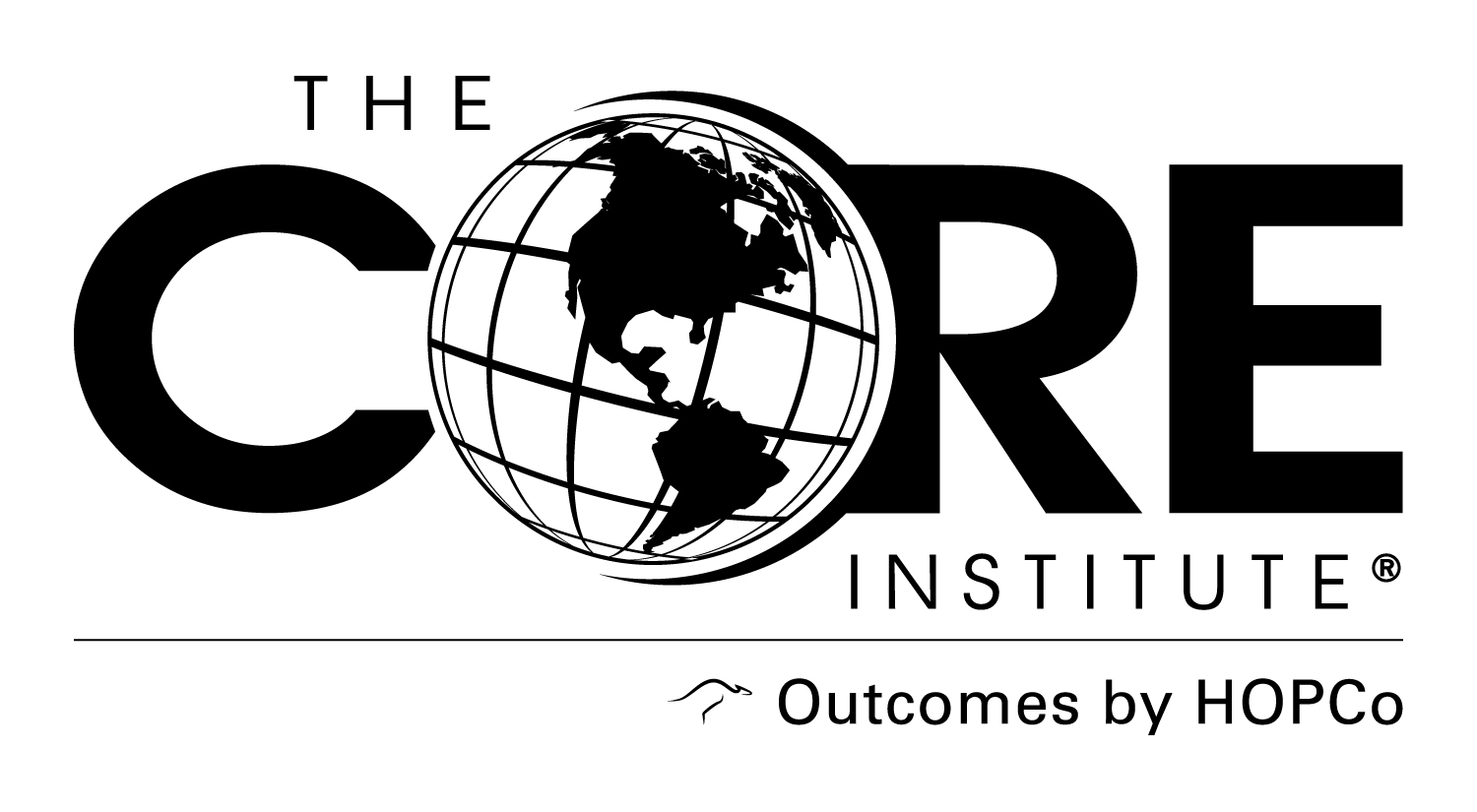A closer look at mid to upper back discomfort
Many people suffer from some type of back pain. Lower back pain often stems from muscle strain or disc issues, while mid and upper back pain can be linked to posture, muscle tension, or referred pain from the neck or shoulders. Understanding where the pain is coming from is key to finding the right treatment.

At The CORE Institute, we take a comprehensive approach to evaluating and managing all types of back pain, ensuring that each patient receives care tailored to the root cause of their discomfort.
“Listening to your body is very important. Back pain is an important signal that the back is being overstressed and an imbalance exists. Pain is best treated early in its course to prevent it from becoming a chronic problem. Often times, avoiding certain triggers and a targeted physical therapy program are the best initial approach and usually will resolve the issue.” says Dr. Eric Feldman, spine specialist at The CORE Institute.
“When back pain becomes a chronic problem, it becomes much more challenging to eliminate. However, finding the primary pain generator through a patient-specific diagnostic workup followed by a targeted treatment plan is the best way to treat the pain and restore optimal functionality and quality of life. A chronic pain treatment plan always involves patient education and lifestyle adjustments, but can also include physical therapy to stretch and strengthen the muscles that support the spine and the surrounding joints, medications to treat inflammation and muscle spasm, targeted injections or other needle-based procedures to mitigate pain, and sometimes minimally invasive surgery to correct the problem.
Low back vs. mid/upper back pain
Almost everybody suffers from back pain at some point in their life. Low back (lumbar) pain can stem from a variety of causes ranging from muscle/ligament injury to disc problems to arthritis. Middle/upper back (thoracic) pain more often can be linked to postural issues, abnormal muscle tension, or referred pain from the neck and shoulders. Determining the source of the pain is the key to finding the right treatment.
Physical therapy for back pain
Patients with mid to higher back discomfort typically respond well to physical therapy. The focus is often on postural correction, muscle activation, and mobility work. In many cases, targeted physical therapy can reduce strain on the thoracic spine and resolve pain without the need for more invasive treatments.
When injections might help
For both lower and mid to upper back pain, there are several minimally invasive treatment options available that can provide relief when conservative care isn’t enough. Trigger point injections are commonly used to release tight muscle knots, particularly in the mid-back. Facet joint injections or medial branch blocks can help diagnose and treat pain originating from small joints along the spine.
Epidural steroid injections, though more commonly used for lower back or radiating leg pain, can sometimes be effective in managing thoracic disc issues as well. These procedures are typically low-risk and performed on an outpatient basis.
Supportive exercises and stretches
Exercise recommendations can vary depending on the underlying cause of pain but there are a few general movements that are often helpful for mid to upper back tightness.
Thoracic extensions on a foam roller can improve mobility in the upper spine and help reverse slouched posture. Scapular retractions, such as wall angels, target the muscles around the shoulder blades to encourage better alignment and stability.
Practicing yoga movements like the cat-cow stretch can gently mobilize the entire spine and help reduce stiffness. As with any new exercise routine, it’s important to consult with a provider or physical therapist to ensure the movements are safe and appropriate for your specific condition.
If you’re dealing with back pain, the team at The CORE Institute is here to help. Whether through personalized physical therapy or minimally invasive procedures, our goal is to identify the root cause of your discomfort and create a treatment plan that supports long-term relief.
To schedule an appointment with one of our specialists, call 866.974.2673.
###
- Deep Vein Thrombosis: A Guide from The CORE Institute - December 3, 2025
- The Vein Health Center at The CORE Institute expands services with addition of new experts - November 17, 2025
- The CORE Institute Keeps Pickleball Players in the Game (Video Included) - October 28, 2025
